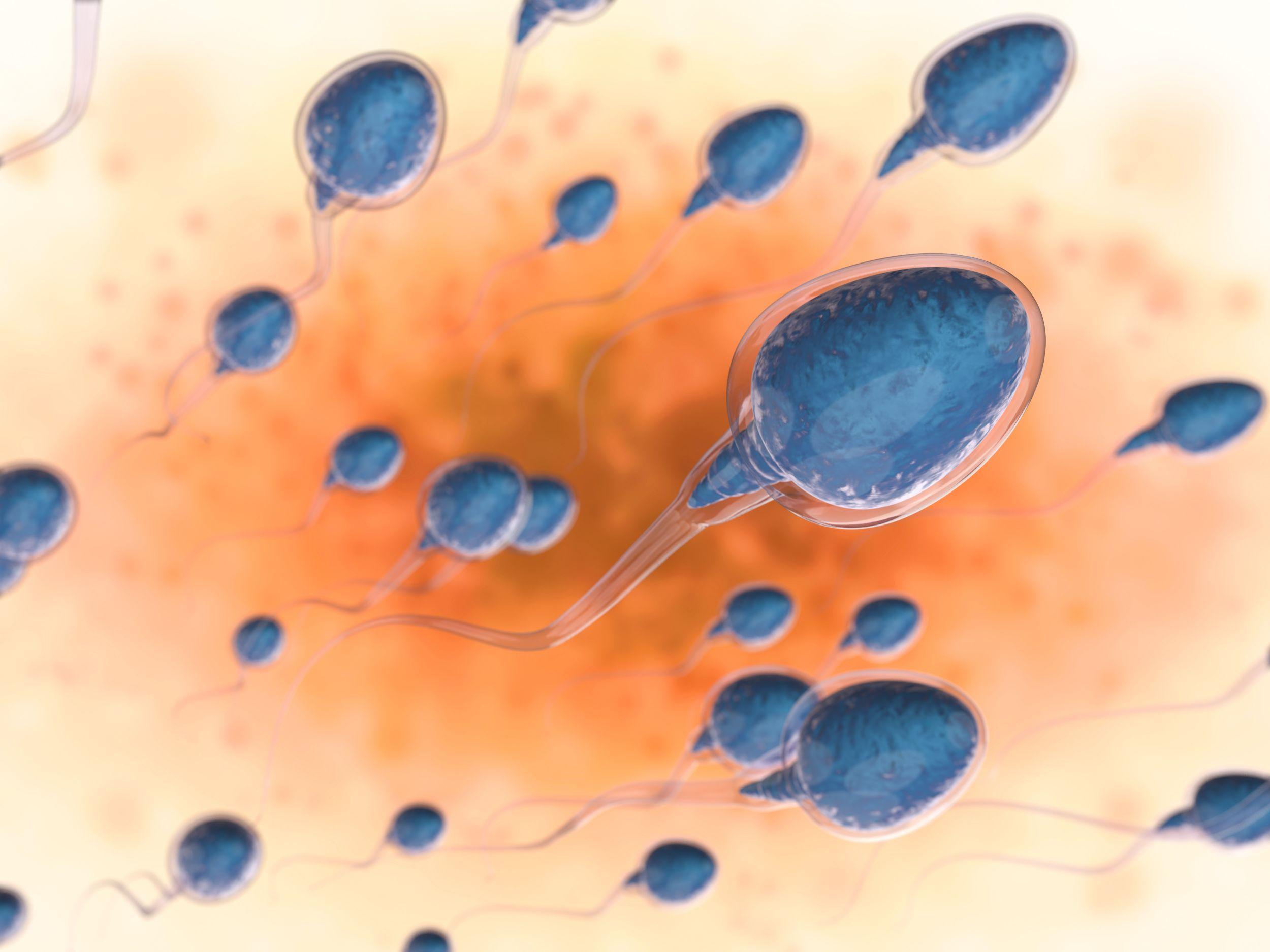PESA (percutaneous epididymal sperm aspiration) and TESA (Testicular Sperm Aspiration) are two methods used for surgical sperm aspiration. Surgical sperm aspiration is a treatment that is recommended for men with azoospermia. Azoospermia is a condition where there is complete absence of any sperm in a man’s semen. Men with azoospermia can father a child through intra-cytoplasmic sperm injection if sperm can be recovered from their epididymis or testis.

Indications for PESA/TESA
The above procedures are recommended to a couple when the male partner is facing the following issues:
- Men with Azoospermia.
- Vasectomy
- Failed vasectomy reversal
- An absence of the vas deferens
- Blockages somewhere along the seminal tract, i.e. obstructive azoospermia
- Any problem arising from injury or infection.
- Very low sperm count, i.e. non-obstructive azoospermia x

Indications for PESA/TESA
The above procedures are recommended to a couple when the male partner is facing the following issues:
- Men with Azoospermia.
- Vasectomy
- Failed vasectomy reversal
- An absence of the vas deferens
- Blockages somewhere along the seminal tract, i.e. obstructive azoospermia
- Any problem arising from injury or infection.
- Very low sperm count, i.e. non-obstructive azoospermia
How are PESA and TESA performed?
Several percutaneous and open surgical procedures are recommended to retrieve sperm. In men with obstructive azoospermia, epididymal sperm retrieval is performed by Percutaneous Epididymal Sperm Aspiration (PESA).
In men with non-obstructive azoospermia, percutaneous sperm retrieval by NAB(Needle Aspiration Biopsy) is the first choice of treatment. If that fails, testicular sperm extraction (TESE) from open microsurgical biopsies is performed using Single Seminiferous Tubule (SST) or microdissection.
PESA/TESA can be performed under local anaesthetic or sedation, depending on the preference of the patient and the clinician.

Percutaneous Epididymal Sperm Aspiration (PESA)
Several percutaneous and open surgical procedures are prescribed to retrieve sperm. In men with obstructive azoospermia, epididymal sperm retrieval is performed by Percutaneous Epididymal Sperm Aspiration (PESA).
PESA is a method in which sperm is collected from epididymis inside the scrotum using a syringe and fine needle, and then ICSI(Intracytoplasmic Sperm Injection) is performed to inject the sperm into the egg.

Testicular Sperm Aspiration (TESA)
TESA is a method where the sperm is directly retrieved from the testicles using needle aspiration biopsy (NAB). It is commonly prescribed for men with non-obstructive azoospermia. Since there is no sperm in the epididymis in these men, testicular sperm rescue is required.
PESA/TESA Post Procedure Care
The patient can go back to work within 4-5 days. It is advised to wear a scrotal support for 48 hours to protect the scrotum and testes.
The stitches need not be removed as they will dissolve automatically within 14 days.
The patient may experience mild discomfort, including pain, tenderness, infection, and cloudy discharge.
Success rate of PESA/TESA
ICSI treatment using sperm obtained by PESA or TESA is a commonly performed procedure. It has a success rate of around 30-35% for every treatment cycle.
Our embryologists at the KIMS fertility centre use advanced techniques to obtain better success rates. IMSI (Intracytoplasmic Morphologically selected Sperm Injection) is used to select better sperm. Other advanced methods such as calcium to activate the egg and sperm activation agents are also used to improve the outcome of ICSI. Our embryologists have been trained in all the latest techniques to optimise the outcome for our patients.
Book an Appointment

